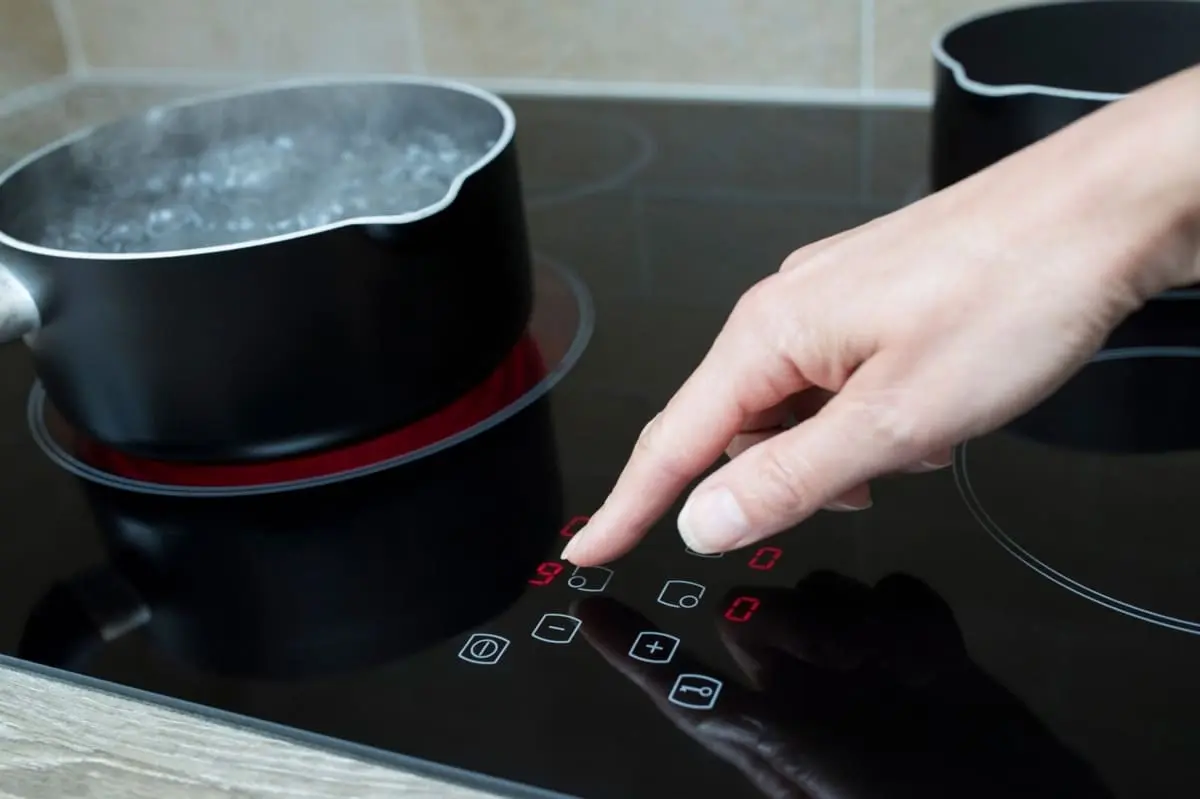

Articles
Where Can Controls Be Located On A Cooktop
Modified: January 18, 2024
Discover the best locations for controls on a cooktop with our informative articles. Learn about optimal placement for convenience and safety.
(Many of the links in this article redirect to a specific reviewed product. Your purchase of these products through affiliate links helps to generate commission for Storables.com, at no extra cost. Learn more)
Introduction
When it comes to cooking, having precise control over your cooktop is essential for creating culinary masterpieces. The placement of controls on a cooktop plays a crucial role in optimizing the cooking experience by providing convenience, efficiency, and safety. Whether you’re a professional chef or a home cook, understanding where controls can be located on a cooktop is paramount.
Proper control placement not only enhances the functionality of a cooktop but also ensures a seamless cooking process. Imagine reaching across a hot pan to adjust the temperature or having to crane your neck to view the settings. Such inconveniences can not only hamper your cooking efficiency but also increase the risk of accidents and injuries.
In this article, we will explore the benefits of proper control placement and delve into the various options available for locating controls on a cooktop. We will also discuss control placement recommendations for different types of cooktops, including gas, electric, and induction cooktops.
By understanding the factors to consider and the available options for control placement, you will be able to make an informed decision when selecting a cooktop for your kitchen. So let’s dive in and explore the world of control placement on cooktops and discover how it can revolutionize your cooking experience.
Key Takeaways:
- Proper control placement on a cooktop is essential for convenience, safety, and efficiency. Consider factors like accessibility, visual clarity, and kitchen layout to optimize your cooking experience.
- Different cooktop types, such as induction, gas, and electric, offer unique control placement options. Prioritize safety, ease of use, and visual appeal to select the best configuration for your cooking style and kitchen design.
Read more: Where Is The HVAC Control Board Located
Benefits of Proper Control Placement
Proper control placement on a cooktop offers several advantages that greatly enhance the cooking experience. Let’s explore some of the key benefits:
- Improved Accessibility: When controls are strategically placed, they are easily accessible while you’re cooking. This allows you to make quick adjustments without having to stretch or strain, reducing the risk of accidents or spills. Easy access to controls also means you can maintain better control over temperature settings and cooking processes.
- Enhanced Safety: Having controls located in a safe and ergonomic position minimizes the chances of accidental burns or injuries. When controls are placed away from heat sources, you can freely maneuver around the cooktop without the worry of accidentally bumping into hot surfaces or knobs.
- Efficient Workflow: Proper control placement enables a seamless workflow in the kitchen. When controls are within reach, you can effortlessly adjust heat levels, switch between burners, and activate various cooking modes without disrupting the cooking process. This allows you to focus on your recipe and maintain consistent cooking results.
- Improved Visibility: A cooktop with controls positioned in the right place ensures optimal visibility of the settings. You can easily read the temperature, timer, and other indicators without straining your neck or needing to crouch down. Enhanced visibility translates to better accuracy in cooking and less reliance on guesswork.
- Streamlined Cleaning: When controls are placed in convenient locations, cleaning the cooktop becomes a hassle-free task. You can effortlessly wipe down the surface without obstruction from knobs or buttons. This saves time and effort, allowing you to maintain a clean and pristine cooktop.
These benefits demonstrate the importance of proper control placement on a cooktop. By selecting a cooktop with well-positioned controls, you can optimize your cooking experience, improve safety, and increase efficiency in the kitchen. Now, let’s explore the various factors you should consider when determining the best control placement for your cooktop.
Factors to Consider in Control Placement
Choosing the right control placement for your cooktop involves considering several factors. These factors can have a significant impact on the usability, safety, and overall functionality of your cooktop. Let’s explore some key considerations when determining the control placement:
- Ergonomics: The placement of controls should prioritize ergonomic considerations. They should be positioned within easy reach, allowing you to make adjustments comfortably without straining or stretching. Consider the height of the user, as well as the location of other kitchen appliances nearby that may affect accessibility.
- Safety: Safety should be a primary concern when determining control placement. Controls should be located away from heat sources to minimize the risk of accidental burns or injuries. Avoid placing controls directly above burners to prevent unintentionally turning on the wrong burner or knocking over pots and pans.
- Visual Clarity: Controls should be positioned in a way that offers clear visibility of the settings. They should be easily readable, even from a distance. Avoid placing controls in areas that are shadowed or obstructed by other cookware or appliances.
- Efficiency: Consider how the control placement affects the overall cooking process. Controls should be intuitively organized, allowing for efficient navigation and quick adjustments. They should be logically arranged to match the layout of the burners or cooking zones on the cooktop.
- Kitchen Layout: Take into account the layout of your kitchen when deciding on control placement. Consider the available space, the proximity to other appliances, and the overall workflow in the kitchen. Controls should not obstruct or interfere with other kitchen activities or obstruct counter space.
- Aesthetic Appeal: While functionality is important, control placement can also contribute to the overall aesthetic appeal of your kitchen. Consider the style and design of your kitchen and choose control placement that complements the overall look and feel of the space.
By considering these factors, you can make an informed decision about the control placement for your cooktop. It’s important to find a balance between accessibility, safety, usability, and visual appeal to create an optimal cooking experience in your kitchen. Now, let’s explore the traditional control placement options available for cooktops.
Traditional Control Placement Options
In the world of cooktops, there are several traditional control placement options that have been widely adopted. These options provide different configurations and layouts to suit various cooking styles and user preferences. Let’s explore some of the traditional control placement options available:
- In-Front Control Placement: This is one of the most common control placement options, where the controls are positioned at the front of the cooktop. In this configuration, the controls are easily accessible and within reach, allowing for convenient adjustments while cooking. This placement is ideal for individuals who prefer to have quick access to the controls without having to reach across hot pots and pans.
- Side Control Placement: Side control placement involves positioning the controls on one side of the cooktop, either on the right or left. This configuration provides a more streamlined and organized appearance, as the controls are neatly compacted in one area. Side control placement is particularly popular in professional kitchens, where efficiency and ergonomics are of utmost importance.
- Back Control Placement: Back control placement refers to having the controls positioned at the back of the cooktop surface. With this configuration, the controls are located away from the cooking area, providing a clean and unobstructed workspace. Back control placement is advantageous for those who prioritize safety and visual clarity, as it reduces the risk of accidental burns and offers a clear view of the cooking surface.
These traditional control placement options have their own advantages and drawbacks, depending on the user’s needs and preferences. It’s important to consider factors such as accessibility, safety, and visual appeal when choosing the control placement for your cooktop. However, it’s worth noting that these traditional options are not the only choices available. Modern advancements in cooktop design have brought about innovative control placement options tailored to specific cooktop types. Let’s explore control placement recommendations for different types of cooktops in the following sections.
In-Front Control Placement
In-front control placement is a popular option for cooktops, especially for those who value convenience and accessibility. With this configuration, the controls are located at the front of the cooktop surface, within easy reach while you’re standing in front of the stove. Let’s explore the advantages and considerations of in-front control placement.
Advantages:
- Easy Accessibility: In-front control placement allows for effortless access to the controls while you’re cooking. You don’t have to reach across hot pans or stretch to make adjustments, which enhances both convenience and safety.
- Intuitive Operation: With controls positioned in front of the cooktop, it’s easy to grasp the functionality of each knob or button. The layout is often intuitive, with knobs or touch controls aligned with the respective burners or cooking zones.
- Clear Visibility: In-front control placement ensures clear visibility of the settings. You can easily read the temperature, timer, and other indicators without straining your neck or needing to crouch down. This enhances accuracy and allows for precise control over the cooking process.
- Space Optimization: With controls positioned at the front, the cooktop surface remains unobstructed, providing ample space for cooking. You can use the entire surface without any interference from knobs or buttons, allowing for larger pots and pans to be accommodated.
Considerations:
- Potential for Accidental Adjustments: With controls in-front, there is a possibility of accidentally brushing against or nudging the knobs or buttons while working in the kitchen. This can inadvertently change settings or turn off burners, requiring additional caution during cooking.
- Cleaning Efforts: While in-front control placement offers seamless functionality, cleaning can be slightly challenging. Depending on the design, liquid spills or grease may accumulate around the controls, requiring thorough cleaning measures to maintain cleanliness and hygiene.
In-front control placement is an excellent option for individuals who prioritize easy accessibility and intuitive operation. It provides a user-friendly experience, allowing for efficient workflow and precise control over the cooking process. However, it’s essential to be mindful of accidental adjustments and cleanliness when opting for this control placement. Now, let’s explore control placement recommendations for different types of cooktops, starting with induction cooktops.
Read more: Where Is The Façade Located
Side Control Placement
Side control placement is a popular option for cooktops, offering a streamlined and organized layout. With this configuration, the controls are situated on one side of the cooktop, either on the right or left. Side control placement provides several advantages and considerations that are important to explore.
Advantages:
- Ergonomic Design: Side control placement allows for a more ergonomic cooking experience. With the controls positioned at the side, you can easily reach and adjust settings without straining or stretching. This design is particularly beneficial for individuals with mobility issues or those who prefer a more accessible setup.
- Efficient Workflow: Side control placement promotes a streamlined workflow in the kitchen. The controls are organized in one area, allowing for quick and seamless navigation between burners or cooking zones. This configuration is highly popular in professional kitchens, where efficiency is of utmost importance.
- Space Optimization: With controls located to the side, the cooktop surface remains unobstructed, providing ample space for cooking. You can utilize the entire surface without interference from knobs or buttons, allowing for larger cookware to be accommodated.
- Visual Appeal: Side control placement offers a visually appealing and organized look to the cooktop. The controls are neatly compacted on one side, creating a clean and symmetrical appearance. This configuration can enhance the aesthetic appeal of your kitchen.
Considerations:
- Non-Uniform Layout: Side control placement may require some adjustment if you are accustomed to a different layout. The controls may not align with the respective burners or cooking zones, requiring a brief learning curve to navigate the configuration efficiently.
- Visibility: Depending on the user’s perspective and the placement of other kitchen elements, side control placement might affect the visibility of the control settings. It’s important to ensure that the controls are easily readable and not obstructed by other cookware or appliances.
Side control placement offers a user-friendly and organized option for cooktops. It promotes efficient workflow, enhanced accessibility, and optimized use of the cooking surface. However, it’s crucial to consider the non-uniform layout and visibility factors to determine if this control placement option aligns with your preferences and needs. Next, let’s explore control placement recommendations for different types of cooktops, starting with gas cooktops.
When considering where to locate controls on a cooktop, it’s important to place them in an easily accessible and safe position, away from heat sources. This will ensure that you can adjust the settings without reaching over hot pans and minimize the risk of accidental burns.
Back Control Placement
Back control placement refers to the positioning of controls at the back of the cooktop surface. With this configuration, the controls are located away from the cooking area, providing a clean and unobstructed workspace. Let’s explore the advantages and considerations of back control placement.
Advantages:
- Enhanced Safety: Back control placement prioritizes safety by keeping the controls away from heat sources. This reduces the risk of accidental burns or injuries while working on the cooktop. It also prevents the potential for accidental adjustments or interference with cooking processes.
- Visual Clarity: With controls positioned at the back, the cooktop surface remains unobstructed, offering clear visibility of the cooking area. This ensures that you have a direct line of sight and can easily monitor the progress of your dishes without any hindrance.
- Clean and Minimalist Design: Back control placement creates a clean and minimalist design aesthetic. The absence of controls at the front or sides provides a sleek and uncluttered look to the cooktop, ideal for those who prefer a minimalistic and modern kitchen design.
- Ease of Cleaning: With controls at the back, cleaning the cooktop becomes seamless. There are no knobs or buttons to navigate around, making it easier to wipe down the surface and maintain a pristine appearance.
Considerations:
- Accessibility: Back control placement may not be as convenient in terms of accessibility, especially if you have to reach around hot pots and pans to make adjustments. It’s important to consider your comfort level and physical mobility when opting for this control placement.
- Familiarization: If you are accustomed to using cooktops with controls in the front or sides, adjusting to the back control placement might require a period of familiarization. It may take some time to get used to the new layout and positioning of the controls.
Back control placement offers a safe and visually unobtrusive option for cooktops. It prioritizes safety, provides clear visibility of the cooking area, and offers ease of cleaning. However, it’s important to consider accessibility and your comfort level with this control placement configuration. Now, let’s explore control placement recommendations for different types of cooktops, starting with induction cooktops.
Control Placement for Induction Cooktops
When it comes to induction cooktops, control placement plays a crucial role in optimizing the user experience and maximizing the benefits of this advanced cooking technology. Let’s explore some control placement recommendations specifically tailored for induction cooktops.
Touch Controls:
Induction cooktops often feature touch controls, which are integrated directly into the surface of the cooktop. This design allows for a sleek and unobstructed appearance while offering precise control over temperature and other settings. The touch controls are usually located at the front of the cooktop, providing easy accessibility and visibility during cooking.
Slider Controls:
Some induction cooktops are equipped with slider controls, which allow for precise adjustments of heat levels. These controls are typically located at the front or sides of the cooktop, providing convenient access while cooking. Sliding your finger along the controls enables you to change temperatures quickly and accurately.
Integrated Control Panels:
Certain induction cooktops feature integrated control panels, which are separate from the cooking surface. These panels may be positioned at the front or side of the cooktop, providing easy reach during cooking. Integrated control panels offer a clear and organized layout, allowing you to adjust various settings with ease.
When considering control placement for induction cooktops, it’s important to prioritize accessibility, visibility, and user-friendly operation. Induction cooktops are known for their quick and precise heating capabilities, and the control placement should enhance these features. Whether you opt for touch controls, slider controls, or integrated control panels, ensure that they are within reach and provide clear visibility of the settings.
Additionally, considering the safety aspect, it’s essential to keep in mind that induction cooktops generate heat only when the surface comes into contact with induction-compatible cookware. Therefore, control placement for induction cooktops should prioritize safety by keeping the controls away from the hot cooking zones.
Remember to consult the manufacturer’s guidelines and recommendations specific to your induction cooktop model to ensure optimal control placement for optimal performance and safety. Now, let’s explore control placement recommendations for gas cooktops.
Control Placement for Gas Cooktops
Gas cooktops are a popular choice among home cooks and professional chefs due to their precise temperature control and instant heat response. When it comes to control placement for gas cooktops, there are a few key considerations to keep in mind to ensure convenience, safety, and optimal functionality.
Knob Controls:
Gas cooktops commonly feature knob controls that allow users to adjust the flame intensity for each burner. The knob controls are typically located at the front or side of the cooktop, ensuring easy accessibility while cooking. This placement allows you to make quick and precise adjustments to the flame height, providing control over the cooking process.
Indicator Lights:
Gas cooktops often have indicator lights positioned near the control knobs. These lights indicate which burners are in use or if the burners are on or off. The placement of the indicator lights varies depending on the specific model; they can be located either around the control knobs or on the cooktop surface.
Integrated Control Panels:
Some gas cooktops come with integrated control panels that house the knobs and other control functions. These control panels may be positioned at the front or side of the cooktop, providing a more organized and streamlined appearance. Integrated control panels offer a clear and intuitive layout, making it easier to navigate and adjust the burner settings.
When considering control placement for gas cooktops, it’s important to prioritize ease of use, visibility, and safety. Place the control knobs in a location that allows for easy reach and operation. Make sure that the control panel or knobs are clearly labeled and offer clear visibility of the flame intensity or other settings to avoid any confusion while cooking.
In terms of safety, it’s crucial to ensure that the control knobs are located away from the heat of the burners. This minimizes the risk of accidentally turning on or adjusting the flame while working near the cooktop. Be mindful of the placement of the control knobs to avoid any potential contact with hot pans or flames.
Lastly, refer to the manufacturer’s guidelines and recommendations specific to your gas cooktop model to ensure proper control placement and operation. Each cooktop model may have slightly different recommendations, so it’s essential to follow the manufacturer’s instructions for optimal performance, safety, and functional control placement. Now, let’s explore control placement recommendations for electric cooktops.
Control Placement for Electric Cooktops
Electric cooktops are known for their sleek and modern designs, providing efficient heat distribution and precise temperature control. When it comes to control placement for electric cooktops, there are a few key considerations to ensure convenience, visibility, and optimal functionality.
Touch Controls:
Electric cooktops often feature touch controls, which are integrated directly into the surface of the cooktop. This design allows for a clean and uncluttered appearance while offering precise control over temperature and other settings. The touch controls are typically located at the front of the cooktop, providing easy accessibility and visibility during cooking.
Digital Display Panels:
Many electric cooktops come with digital display panels that show temperature settings, timers, and other information. These panels are usually positioned at the front and center of the cooktop surface, allowing for clear visibility and easy operation. Digital displays provide a modern and user-friendly interface for adjusting and monitoring cooking settings.
Sensor Controls:
Some electric cooktops feature sensor controls that respond to touch or swipe gestures. These controls offer a sleek and minimalist design, as they are integrated into the cooktop surface. Sensor controls typically provide precise control over temperature settings and can be positioned anywhere on the cooktop, depending on the specific model and design.
When considering control placement for electric cooktops, prioritize ease of use, visibility, and accessibility. Place the touch controls or digital display panels in a location that allows for easy reach and operation. Ensure that the control panel is clearly labeled and offers clear visibility of temperature settings, timers, and other relevant information.
In terms of safety, it’s crucial to ensure that the control panel or touch controls are positioned away from the cooking area and heat sources. This prevents accidental contact with hot pans or burners while making adjustments. By keeping the controls in a separate area, you can maintain a safe and comfortable cooking environment.
Lastly, refer to the manufacturer’s guidelines and recommendations specific to your electric cooktop model for proper control placement. Different models may have varying recommendations, so it’s important to follow the manufacturer’s instructions for optimal performance, safety, and functional control placement.
By considering these control placement recommendations, you can make an informed decision when choosing an electric cooktop that offers convenient access, enhanced visual clarity, and effortless control over your cooking experience.
Conclusion
Proper control placement on a cooktop is a crucial element in creating an optimal cooking experience. Whether you prefer in-front, side, or back control placement, it is essential to consider factors such as accessibility, safety, visual clarity, and efficiency. By selecting the right control placement, you can enhance convenience, streamline workflow, and ensure precise control over temperature and cooking processes.
For induction cooktops, touch controls, slider controls, or integrated control panels offer user-friendly options, allowing for easy adjustments and clear visibility of settings. Gas cooktops often feature knob controls that ensure precise flame control, and integrated control panels provide an organized layout. Electric cooktops offer sleek touch controls, digital display panels, or sensor controls that provide precise temperature control and a modern aesthetic.
In the end, the choice of control placement depends on your personal preferences, kitchen layout, and cooking style. Take into consideration factors such as ergonomics, safety, visual appeal, and ease of cleaning when determining the best control placement for your cooktop.
Remember to consult the manufacturer’s guidelines and recommendations specific to your cooktop model to ensure proper control placement and operation. Each cooktop model may have different recommendations, so it’s important to follow the manufacturer’s instructions for optimal performance and safety.
With careful consideration of control placement, you can create a seamless and enjoyable cooking experience in your kitchen. Prioritizing accessibility, safety, visual clarity, and efficiency will not only enhance your cooking abilities but also contribute to the aesthetics and functionality of your cooktop.
Choose control placement that suits your needs and preferences, and enjoy the benefits of having a well-designed cooktop that makes cooking a delight. Whether you’re a professional chef or a home cook, having proper control placement on your cooktop will elevate your culinary skills and create memorable meals for you and your loved ones.
Frequently Asked Questions about Where Can Controls Be Located On A Cooktop
Was this page helpful?
At Storables.com, we guarantee accurate and reliable information. Our content, validated by Expert Board Contributors, is crafted following stringent Editorial Policies. We're committed to providing you with well-researched, expert-backed insights for all your informational needs.
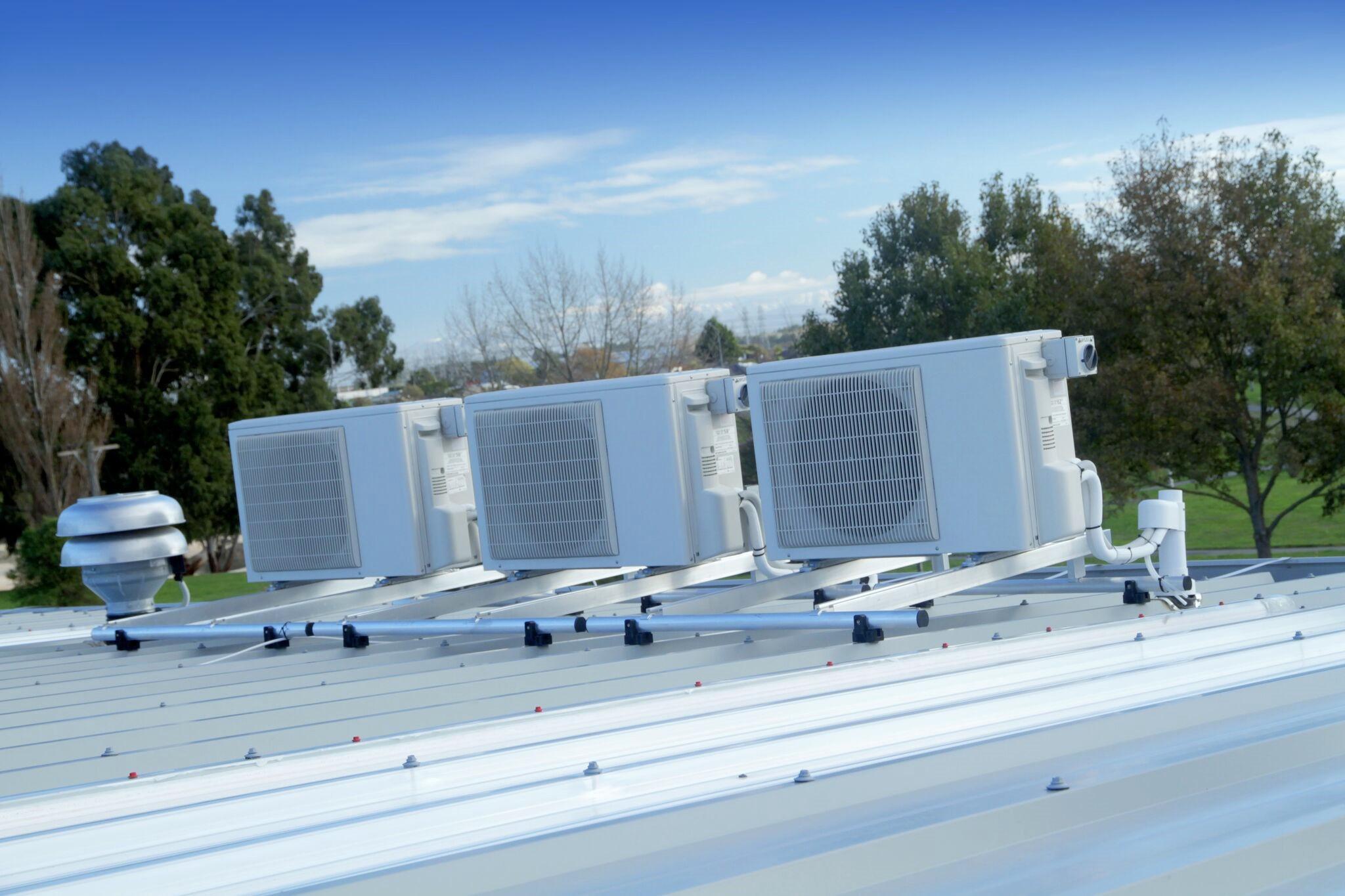
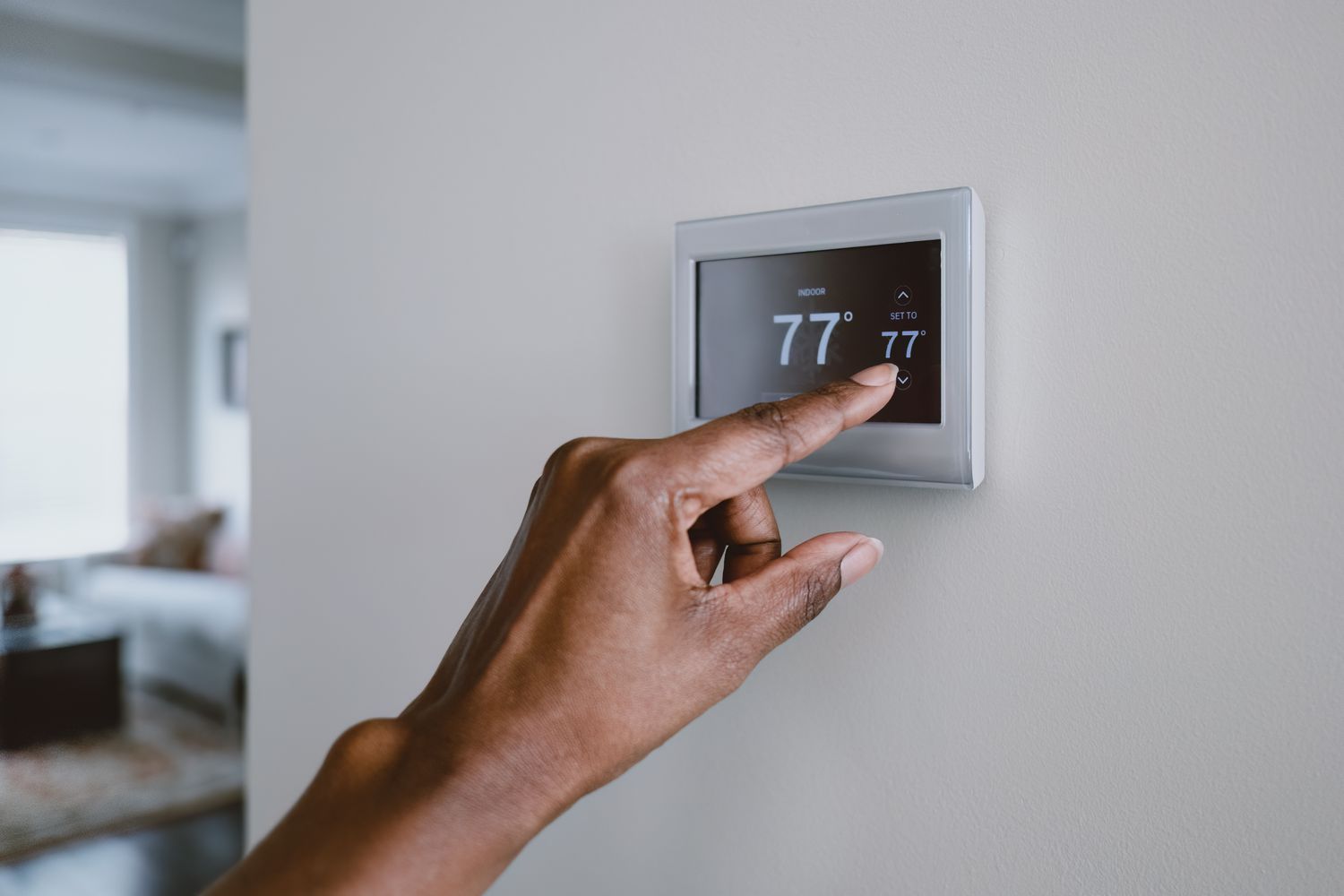
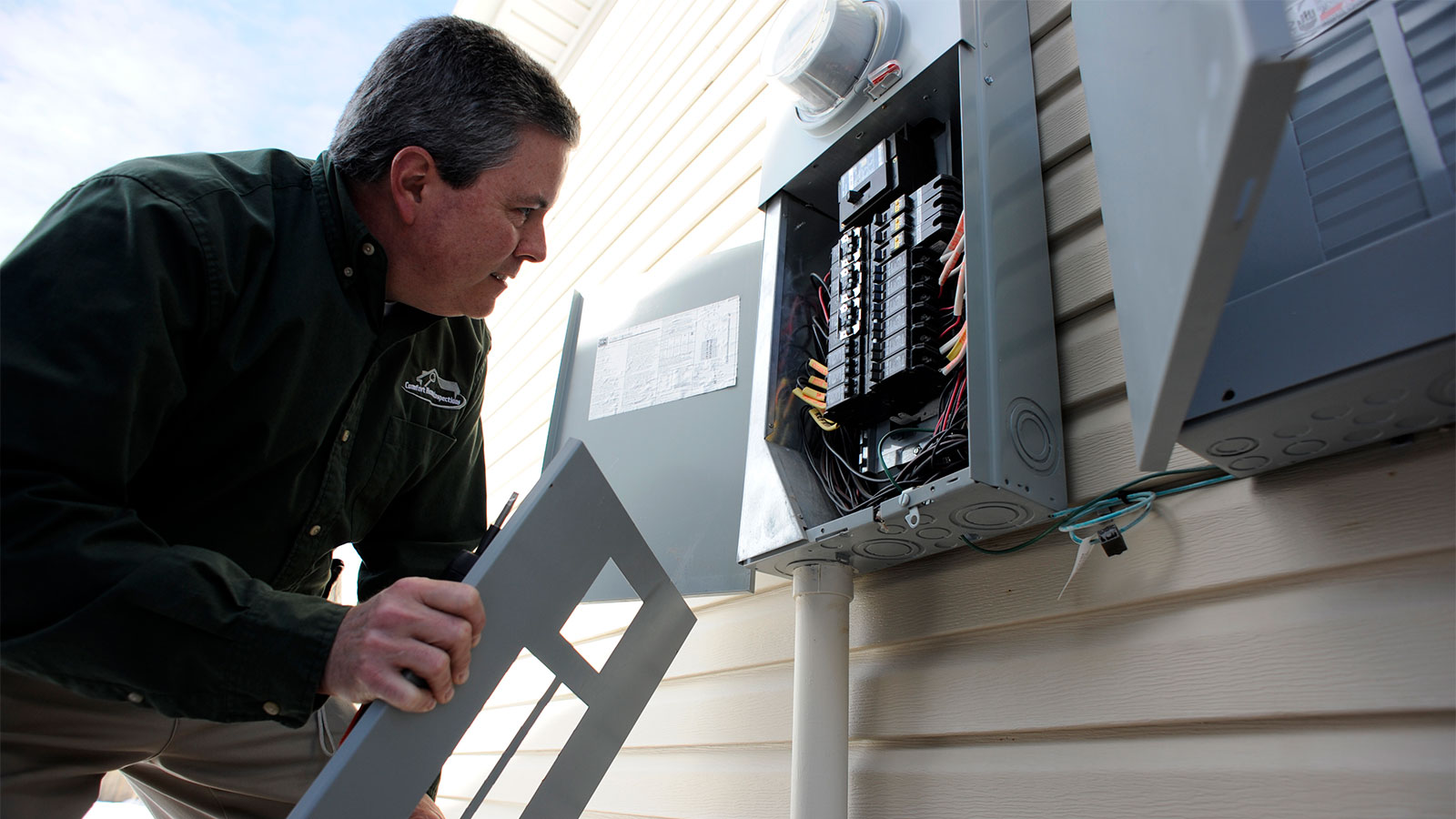
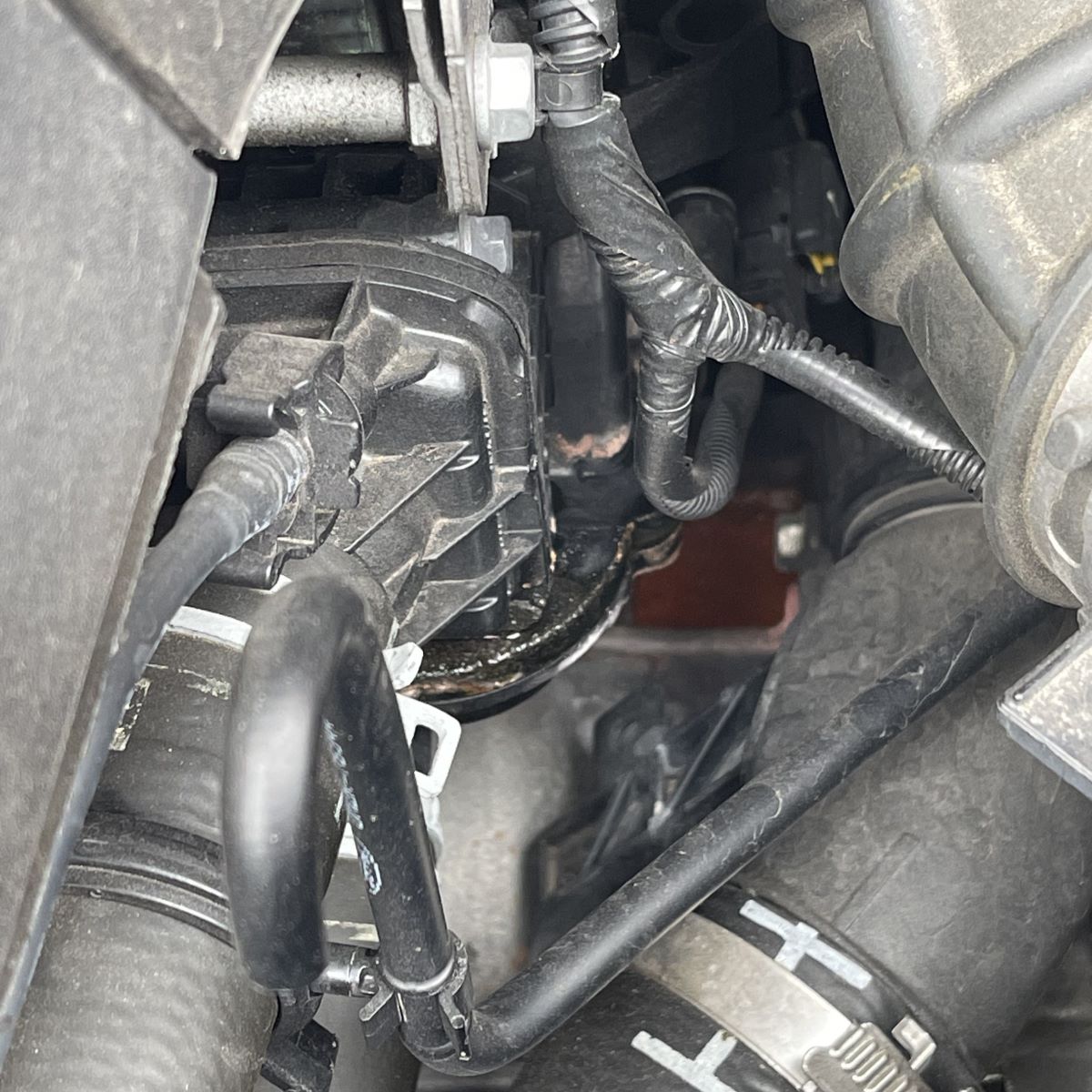
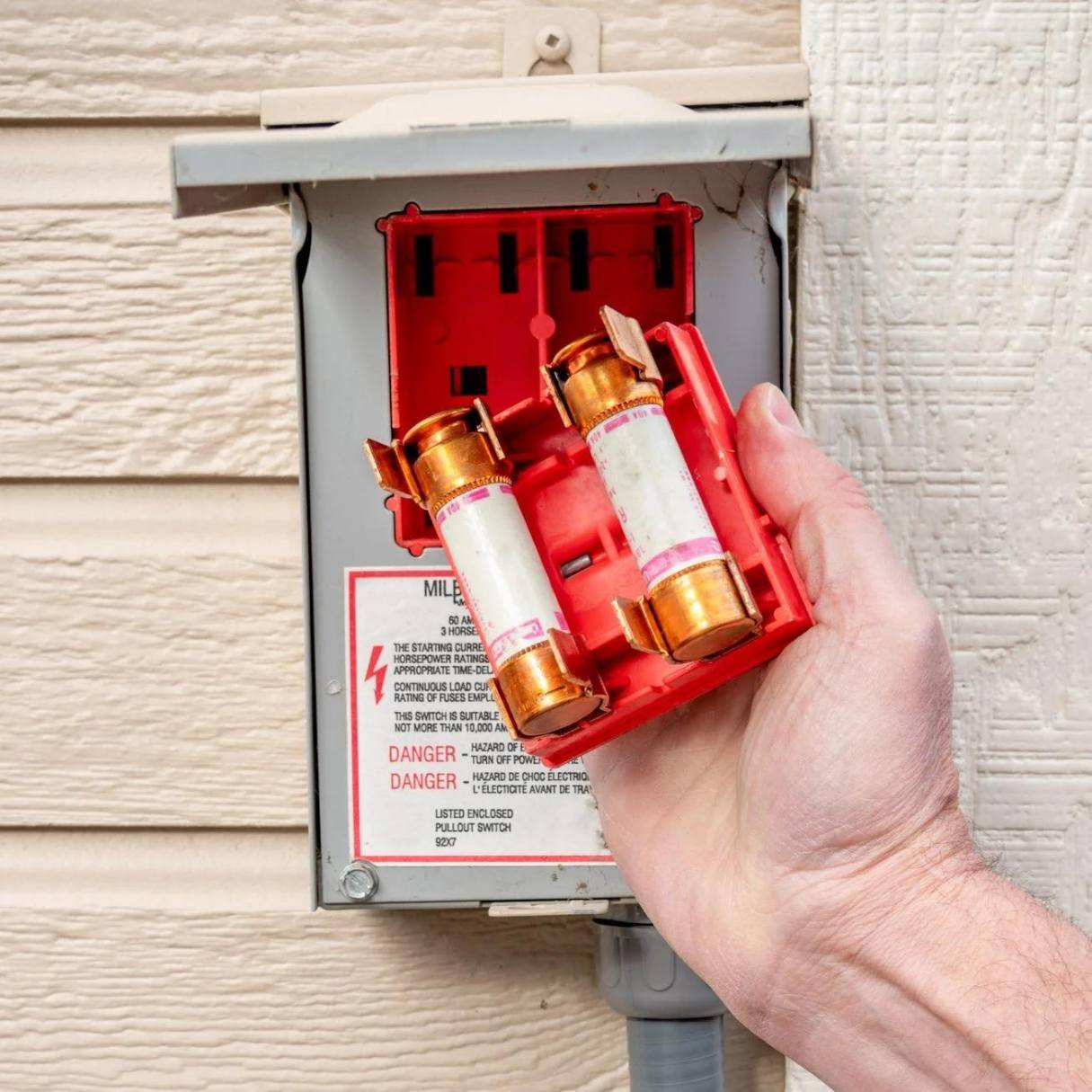
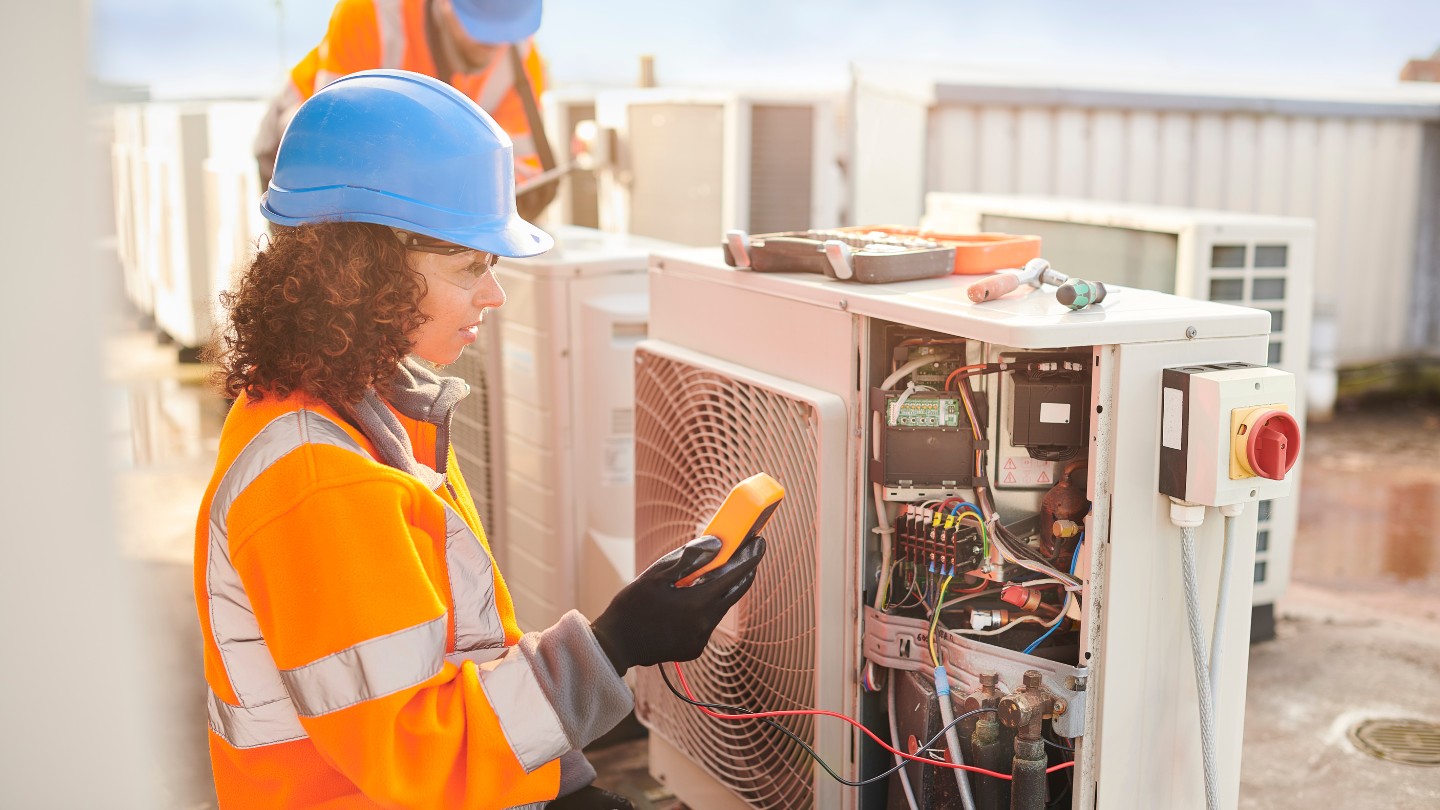
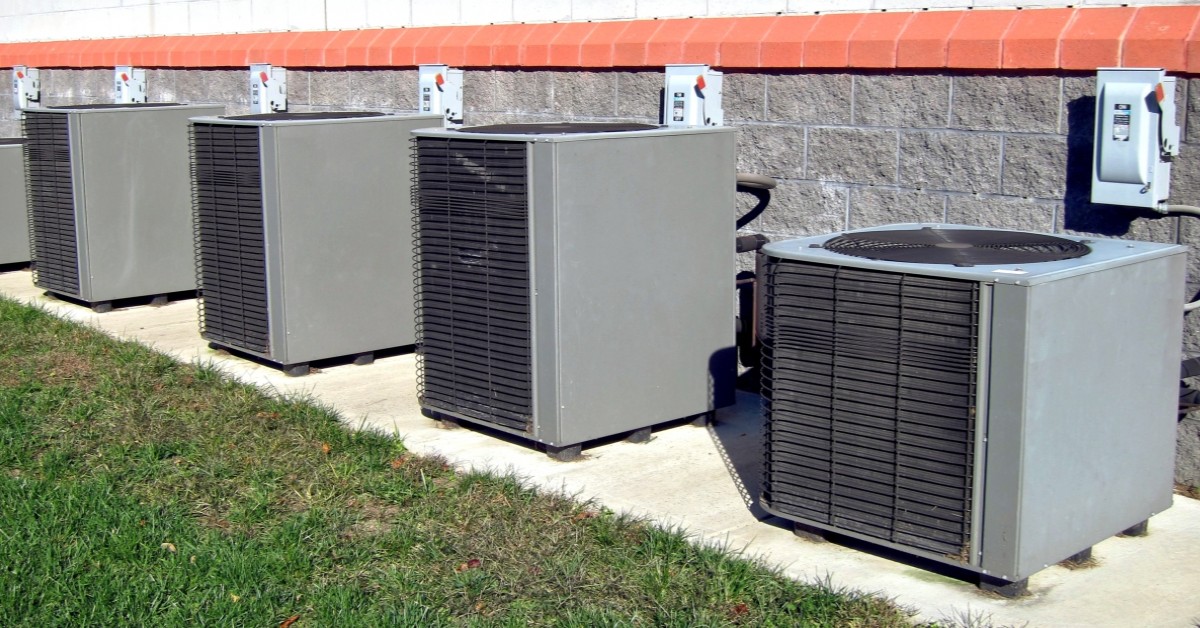
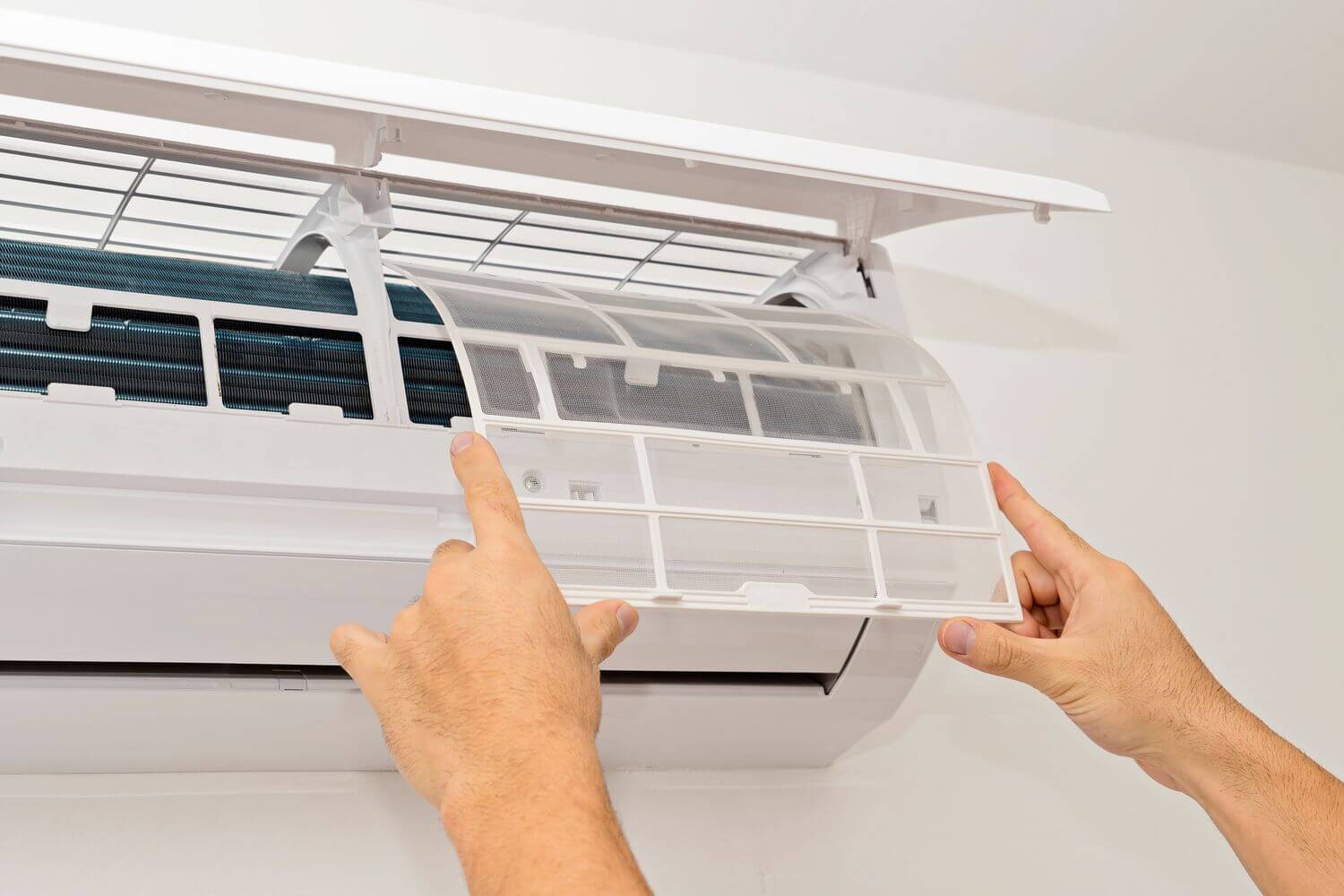
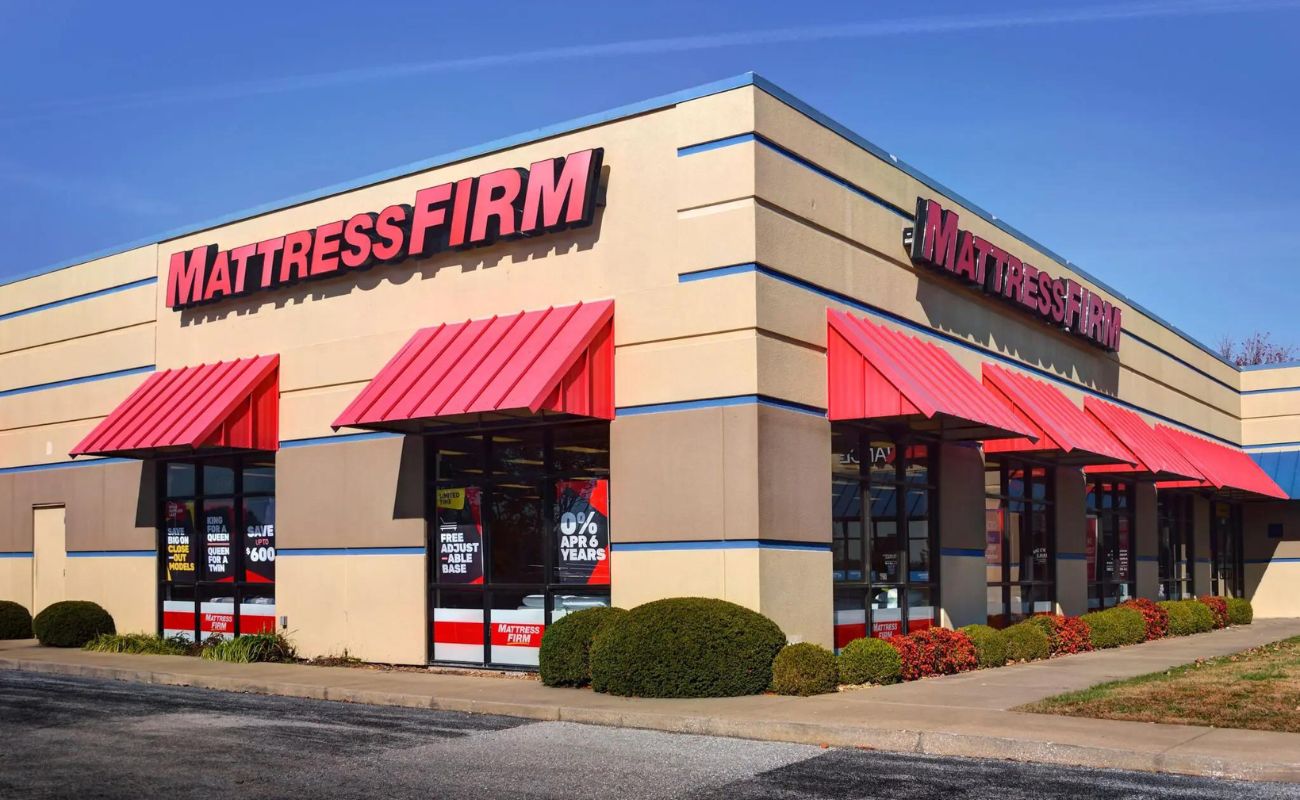
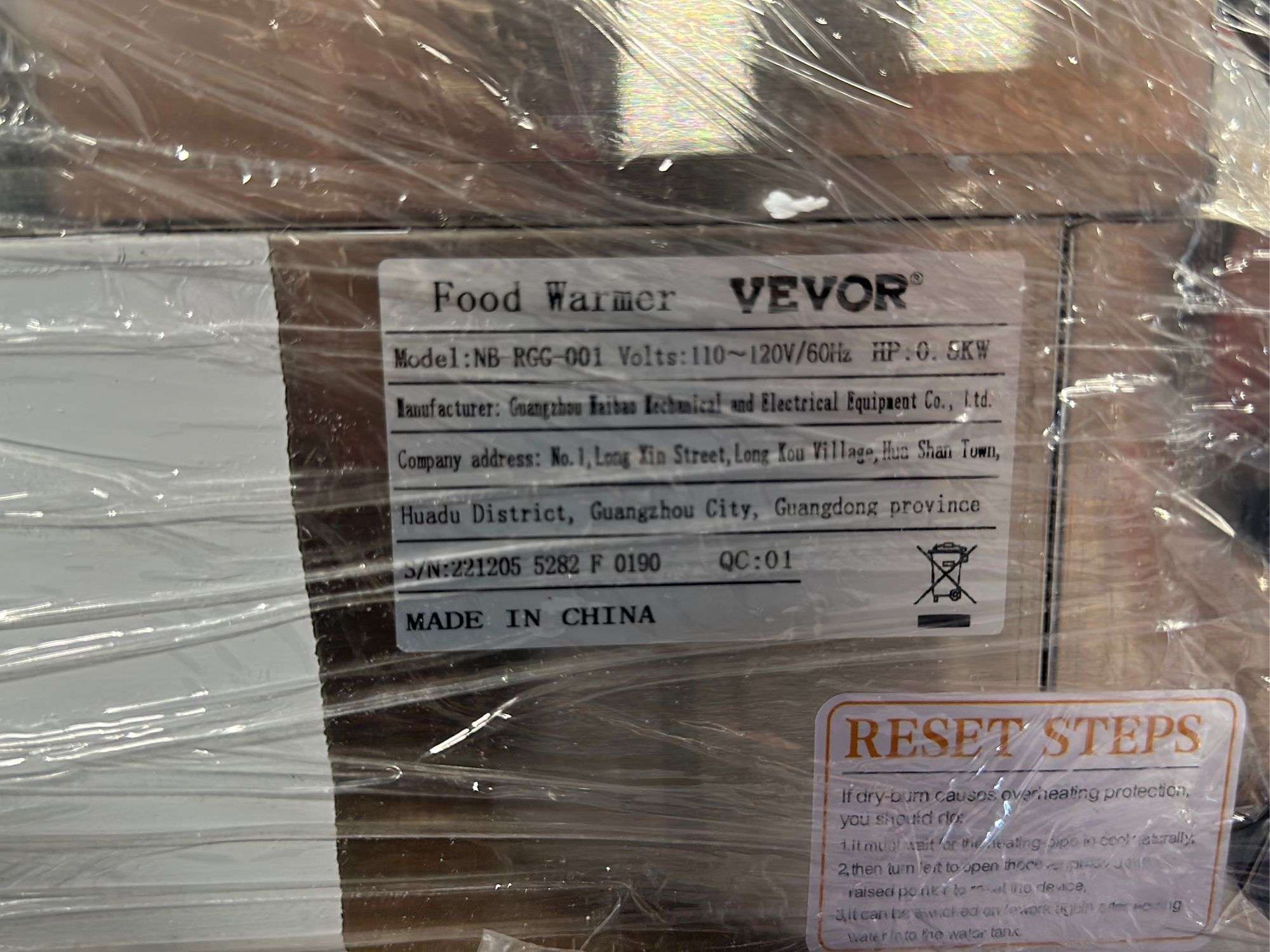
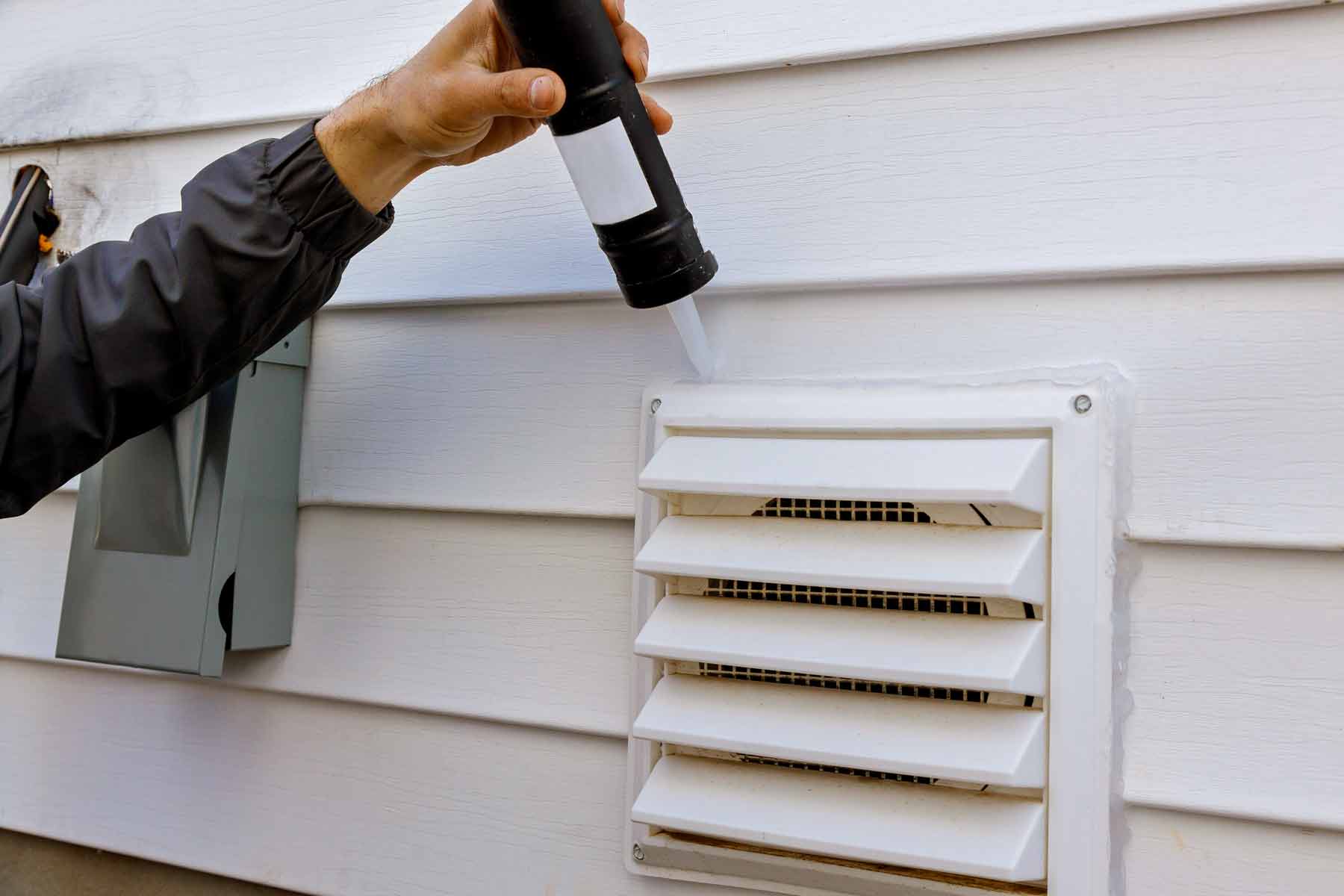
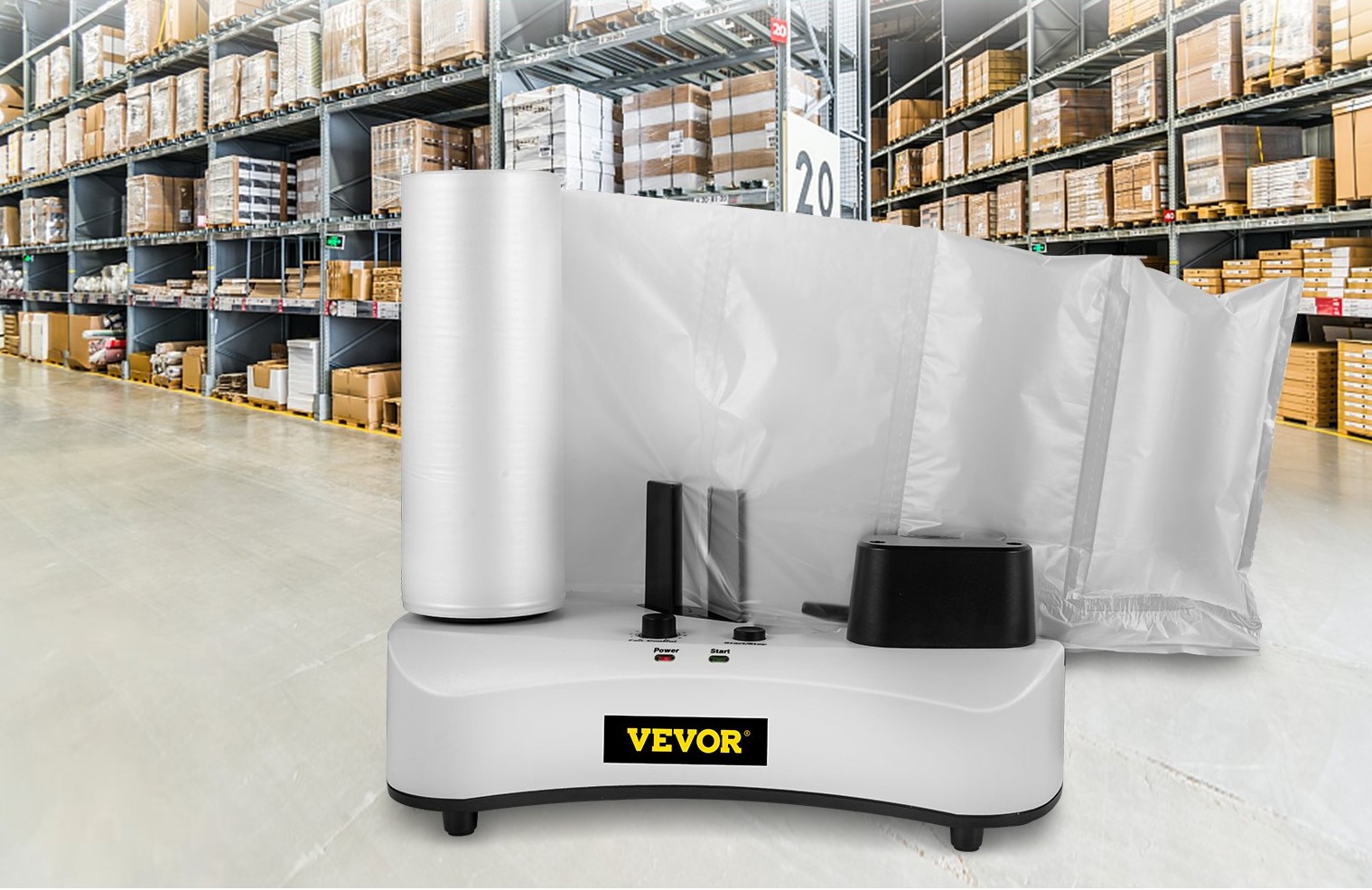
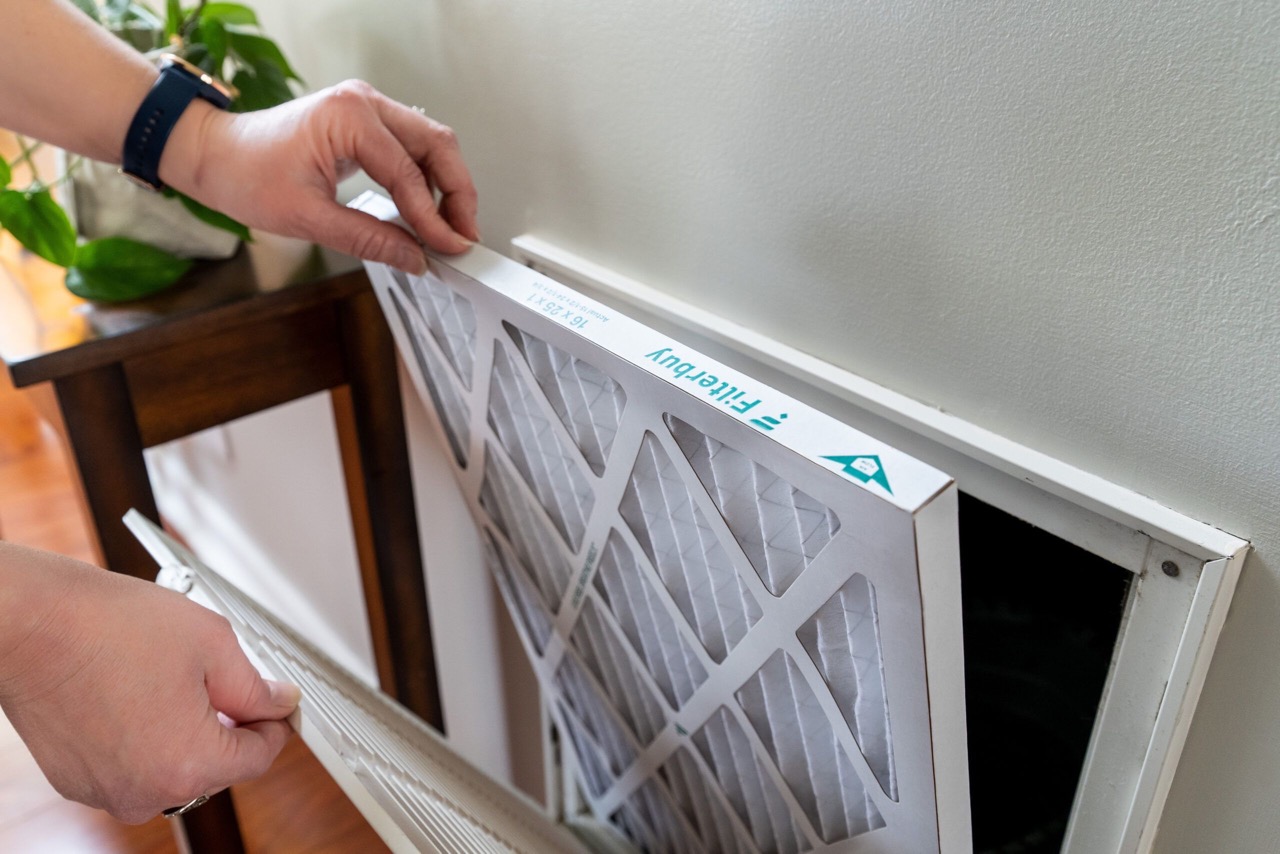

0 thoughts on “Where Can Controls Be Located On A Cooktop”